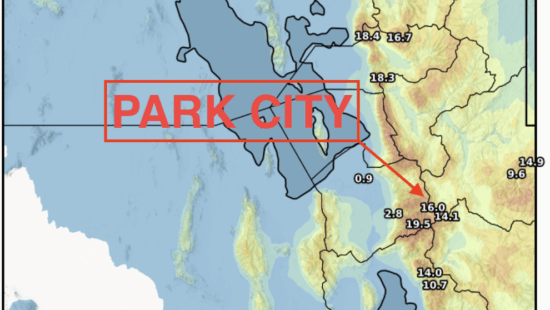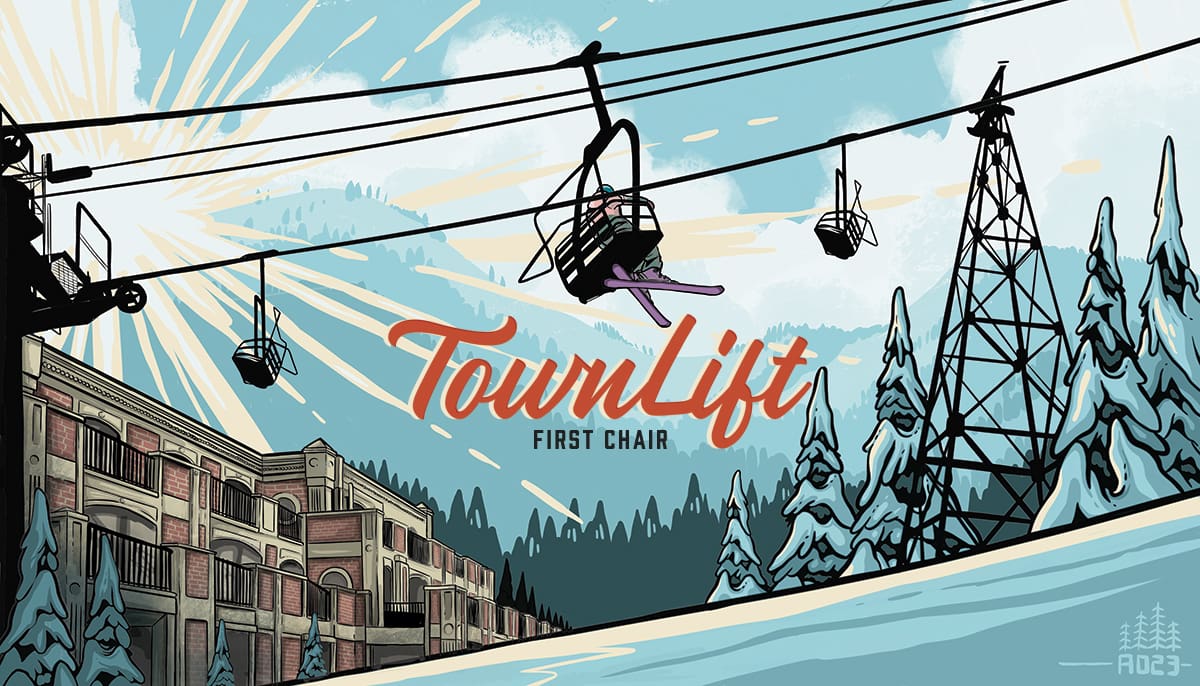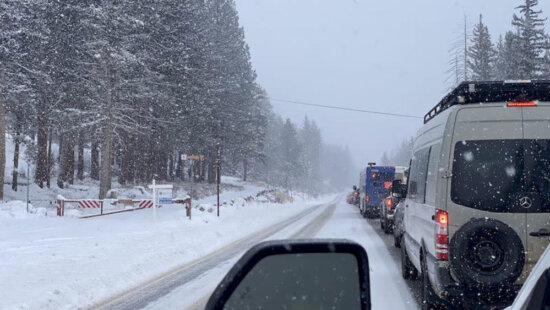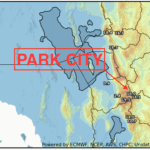Wildlife
Supreme Court ruling opens access to landlocked public lands for Utah hunters
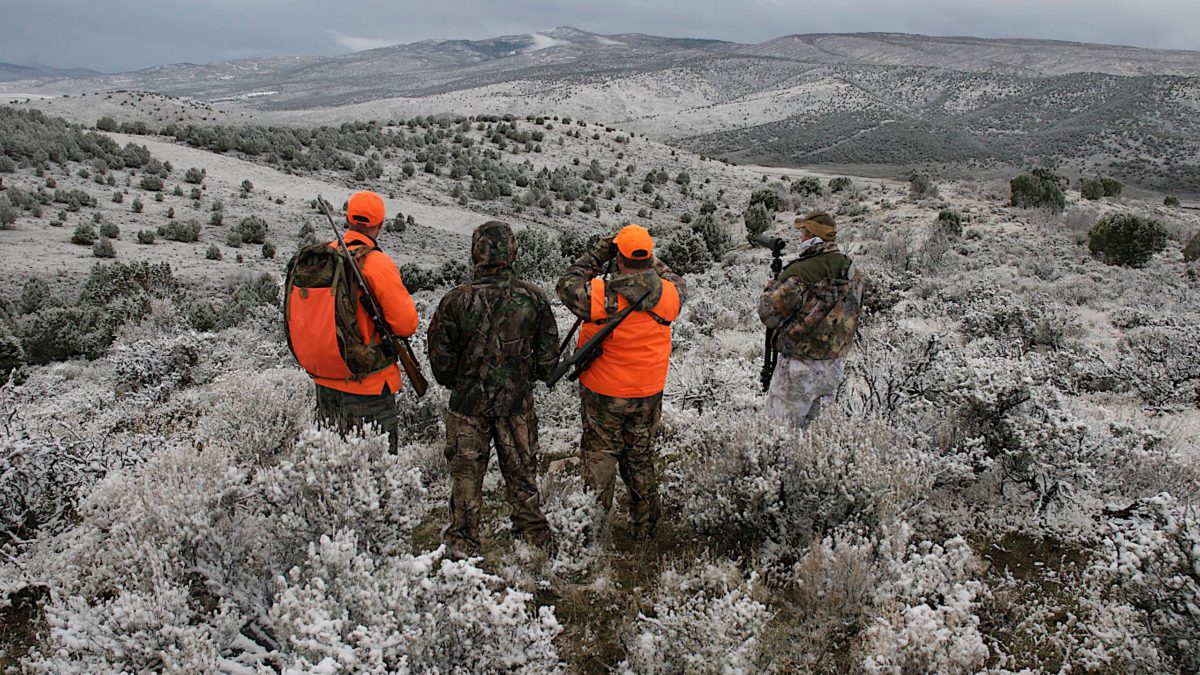
Photo: courtesy Utah DWR.
Corner crossing allows individuals to step from one piece of public land to another at intersecting corners without touching private ground in between. The practice has existed in a legal gray area for decades, with some landowners and law enforcement agencies treating it as trespassing
SALT LAKE CITY — Utah hunters gained legal access to thousands of acres of landlocked public land Monday after the U.S. Supreme Court declined to hear a Wyoming case, clearing the way for a practice known as “corner crossing,” according to WyoFile
The decision applies only to states within the 10th Circuit Court of Appeals — Utah, Wyoming, Colorado, New Mexico, Kansas and Oklahoma — marking a significant victory for hunters and outdoor recreationists who have long sought access to public parcels surrounded by private property. The Supreme Court’s refusal to hear the appeal leaves in place a March 2025 ruling by the 10th Circuit Court of Appeals in the case Iron Bar Holdings, LLC v. Cape.
Corner crossing allows individuals to step from one piece of public land to another at intersecting corners without physically touching private ground in between, according to the court ruling. The technique has existed in a legal gray area for decades, with some landowners and law enforcement agencies treating it as trespassing even when hunters never made contact with the surface of private land.
The 10th Circuit ruling now provides clear legal protection for corner crossing within the six-state region, holding that hunters “could corner-cross as long as they did not physically touch” private land. However, the practice remains legally uncertain elsewhere in the country. According to multiple conservation groups, the decision opens access to millions of acres across the 10th Circuit, though specific numbers for Utah alone were not immediately available.
What This Means for Utah Hunters
The decision opens hunting and recreation opportunities on public lands that have been functionally inaccessible across Utah where checkerboard land patterns are common. The American West contains millions of acres platted into alternating squares of public and private land resembling a checkerboard, according to the court ruling. These alternating sections of public and private property often leave public parcels — known as “corner-locked” lands — reachable only by crossing at their corners.
Utah manages 22.8 million acres of Bureau of Land Management public lands, and portions of these holdings exist in checkerboard patterns where corner crossing will now provide legal access.
The Legal Basis
The case began when four Missouri hunters, — Bradly Cape, Philip Yeomans, Zach Smith and John Slowensky — used GPS to step from one corner of public land to another in Carbon County, Wyoming, without touching private ground. Ranch owner Fred Eshelman sued them for $9 million, claiming the airspace crossing diminished his property value.
A Wyoming jury acquitted the hunters of criminal trespass in 2022. Federal courts dismissed the civil lawsuit, and the 10th Circuit upheld that decision in March 2025. The Supreme Court declined to hear the case Monday.
The ruling relied on the 1885 Unlawful Inclosures Act, which prohibits blocking public access to public land. The court concluded that landowners cannot “maintain a barrier that has the effect of fully enclosing public lands and preventing complete access for a lawful purpose.”
What Hunters Need to Know
While corner crossing is now legally protected in the 10th Circuit states, hunters must follow specific guidelines:
– Don’t touch private property: The legal protection only applies if you avoid stepping on or damaging private land
– Find the actual corner: Use GPS devices and look for official survey markers to verify exact corner locations where public parcels meet. OnX Maps provides detailed guidance on how to legally corner cross, including tips for locating corner monuments
– Document your route: Consider recording your crossing to demonstrate you stayed on public land
– Respect private property: Avoid any contact with fences, gates or other private property features
The ruling specifically protects crossing through airspace above the corner point, as long as no physical contact occurs with private land. GPS apps alone may not be sufficient — hunters should locate official corner monuments when possible.
Legal experts caution that touching a privately owned fence can constitute physical trespass. The Missouri hunters in the Wyoming case used a large A-frame ladder to cross over a fence at the corner without making contact with private property.
Local Impact
For hunters in Summit and Wasatch counties, this ruling could open access to high-country areas in the Uinta Mountains and Wasatch Range that were previously unreachable without crossing private land. Many elk, deer and other game populations inhabit these landlocked public parcels.
The checkerboard land pattern dates to 19th-century railroad land grants, when the federal government gave alternating 640-acre sections to railroad companies to support construction of transcontinental railroads. The government retained even-numbered sections while odd-numbered sections went to private railroad companies. This created a patchwork where many public lands became surrounded by private holdings.
Corner crossing remains in a gray area outside the 10th Circuit. Hunters planning trips to states like Montana, Idaho or Nevada should research local laws and enforcement practices before attempting to corner cross.
Within Utah and the other five states covered by this ruling, however, landowners can no longer call law enforcement or file trespassing lawsuits against individuals who properly corner cross, according to WyoFile’s reporting.
The decision represents a major shift in public land access across the Interior West, ending a five-year legal battle that pitted public access rights against private property claims.
















